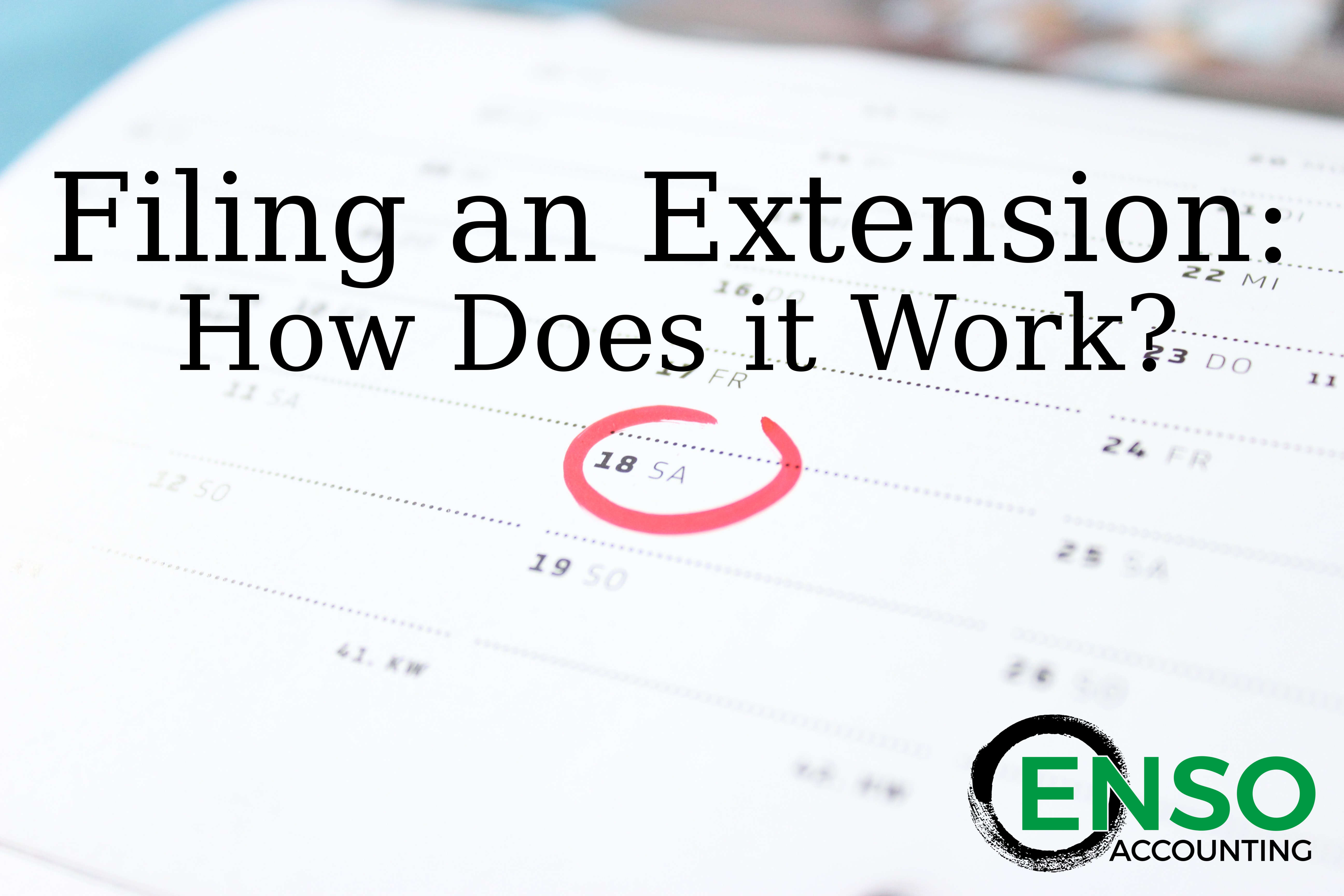Filing your taxes can be a stressful process for even the most organized person. If you’re struggling to amass the various documents you need and/or make decisions about your tax filing status, you may need more time. Tax extensions are a viable option for both businesses and individuals, but there are a few things you should understand about this process before you fill out any forms.
How long is the extension?
For personal tax returns, a standard extension can give you an extra six months by extending your deadline from April 17th to October 15th in 2018. You can also file for two-month extension if you’re going to miss the original deadline because you’re out of the country. Most people opt for the standard, though, just to give themselves more time to put everything in order.
Are there any penalties for filing an extension?
The answer to this question is both yes and no—depending on the situation. If you usually get a refund, then filing an extension protects your ability to collect this. The IRS imposes a three-year deadline on receiving your refund check. Normally, this requires being several years behind on filing your taxes, but if you filed extensions in a timely matter, you can also extend this statute of limitations by an additional six months.
Thus, if you’re taxes are fully paid, you won’t be penalized. If, however, you typically owe money, then there could be financial consequences. Many people fail to realize that the extension only applies to actually filing your return. It does not give you extra time to pay your taxes; those are due, in full, on April 17th. If you can’t pay your outstanding balance by that date, you should pay what you can because late fees are assessed by a percentage each month.
If you fail to file either your taxes, or an extension, the IRS can charge a 5% monthly penalty on your total balance. By filing an extension, you avoid this and are only subject to the late payment penalty, which is only 0.5%. Since this interest is compounded daily—meaning it’s added to the principal that you’re charged a percentage of—your bill can grow quickly. Fortunately, there’s a provision that limits the maximum late penalty payment to 25% of your total tax bill. Therefore, if you owe $2,000, the most you’ll pay in additional late fees is $500. If you’d prefer to just pay what you owe, try to make your suggested payment by the normal deadline, even if you do file an extension.
How do I file an extension?
After speaking with one of our experienced professionals at ENSO Accounting, if you want to pursue this option, we’ll handle much of the process for you. We’ll file the necessary form on your behalf, and make sure it’s received and approved. If you file your own taxes, you’ll be responsible for submitting the form directly to the IRS via the postal service (as they don’t have an option to file it online) and then following up with them. Some online tax services have an electronic option, but you’ll still be responsible for verifying its ultimate arrival.
Since these requests have to be approved prior to the April 17th deadline, it’s important you submit everything early—especially because some extension requests are rejected. Usually, it’s a simple matter of a clerical error, which you then have 5 days to correct and resubmit. However, in some cases, it’s not possible to file an extension. Before undertaking this process on your own, consult with our team and let us take the stress out of tax time.




